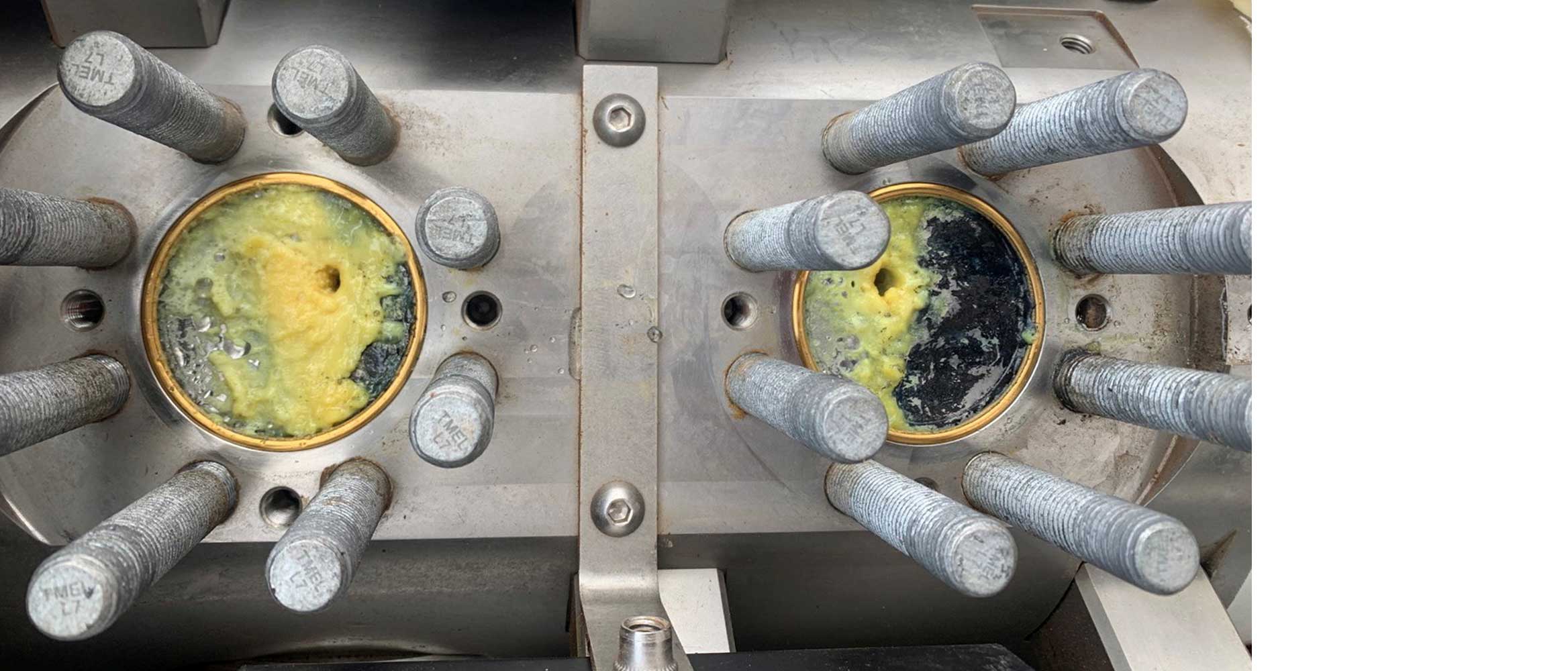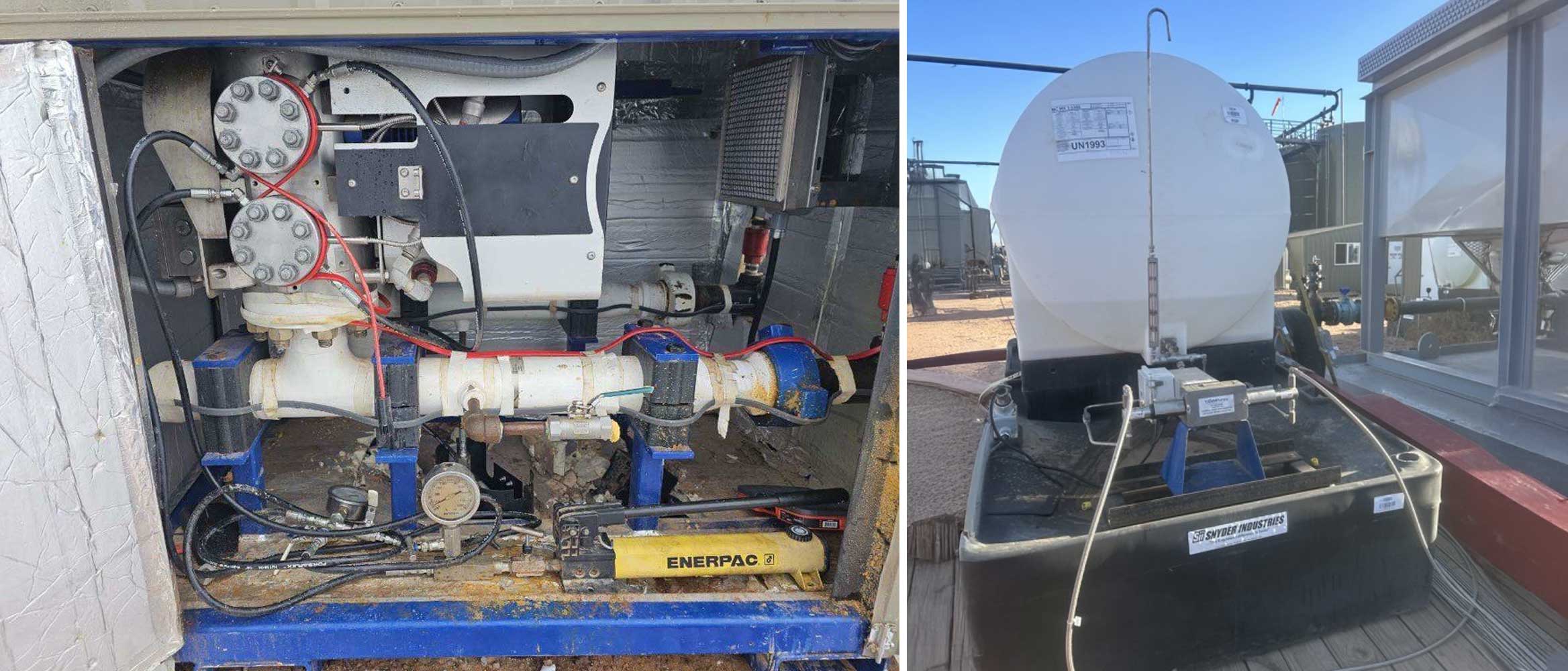Accurately measure the full spectrum of multiphase flow rates while monitoring production in real time.
Surface multiphase flowmeter reduces capex, opex, and enhances flow assurance in the Uinta Basin
The Vx Spectra™ surface multiphase flowmeter successfully reduced capex and opex while providing accurate and repeatable data for waxy crude oil production. The innovative technology replaced traditional test separators, overcoming challenges with wax deposition through automated chemical injection and mechanical enhancements. This transition has resulted in significant financial savings and improved flow assurance.
An operator, producing from the Uinta Basin, Utah, sought to replace traditional test separators with a more cost‑effective and efficient solution for production monitoring. The goal was to reduce capex and opex while ensuring accurate production allocation and accounting for each well—despite the challenges posed by waxy crude oil.
The common practice of using test separators for back-allocating flow rates involves high investment and maintenance costs, especially with the increasing number of new wells drilled. The operator needed a solution that could measure individual well production within an acceptable uncertainty range while addressing the issue of wax deposition, which impacts the accuracy of flow rate measurements. The Vx Spectra flowmeter was chosen for a six-month trial to test its viability in replacing test separators.

During the field trial, the Vx Spectra flowmeter provided dynamic, high‑frequency, real‑time data for each well without the need for separation. The main challenge of wax deposition on the differential pressure cell membrane was addressed through a combination of automated chemical injection and mechanical enhancements. The implementation of a continuous chemical injection program and a block-and-bleed flange ensured accurate measurements even when the line temperature dropped below 111 degF.
The results from a month‑long field trial showed that the oil percentage difference between the separator and the Vx Spectra flowmeter was maintained below 10%, despite lower line temperatures. Financially, the Vx Spectra flowmeter provided an average reduction of USD 98,000 in capex per well, along with significant savings in pipe, valve, fittings, supervision, labor, and building construction. The technology proved to be cost-effective—especially for facilities with higher well counts—and offered repeatable and accurate data for challenging fluids like waxy crude oil.

